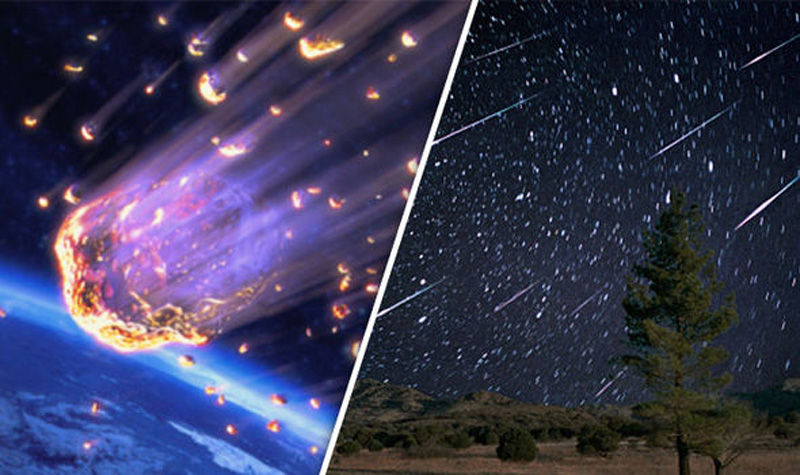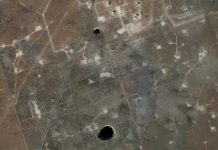The peak of the Geminid meteor shower is coming up on the mornings of December 13 and 14.
The Geminid meteor shower – always a highlight of the meteor year – will peak around the mornings of December 13 and 14, 2018. The Geminids are a very reliable shower if you watch at the peak time of night (centered on about 2 a.m. for all parts of the globe) and if you watch in a dark sky. The meteors tend to be bold, white and quick. This shower favors Earth’s Northern Hemisphere, but it’s visible from the Southern Hemisphere, too. The curious rock comet called 3200 Phaethon is the parent body of this shower.

On a dark night, near the peak, you can often catch 50 or more meteors per hour.
Why are the Geminids best around 2 a.m.? It’s because that’s when the shower’s radiant point – the point in our sky from which the meteors seem to radiate – is highest in the sky. As a general rule, the higher the constellation Gemini the Twins climbs into your sky, the more Geminid meteors you’re likely to see. The Geminids’ radiant point is highest around 2 a.m.

Special equipment? None needed. Just find a dark, open sky and maybe bring a sleeping bag to keep warm. Plan to sprawl back in a hammock, lawn chair, pile of hay or blanket on the ground.
Lie down in comfort, and look upward.
When you’re meteor-watching, it’s good to bring along a buddy. Then two of you can watch in different directions. When someone sees one, call out “meteor!” This technique will let you see more meteors than one person watching alone will see.
Be sure to give yourself at least an hour of observing time. It takes about 20 minutes for your eyes to adapt to the dark.
Be aware that meteors often come in spurts, interspersed with lulls.

This Geminids’ radiant point nearly coincides with the bright star Castor in Gemini. That’s a chance alignment, of course, as Castor lies about 52 light-years away while these meteors burn up in the upper atmosphere, some 60 miles (100 km) above Earth’s surface.
Castor is noticeably near another bright star, the golden star Pollux of Gemini. It’s fun to spot them, but you don’t need to find a meteor shower’s radiant point to see these meteors.

Painting of 1860 earthgrazer fireball by Frederic Edwin Church. Image via Wikimedia Commons.
Instead, meteors in annual showers appear in all parts of the sky. It’s even possible to have your back to the constellation Gemini and see a Geminid meteor fly by.
Earthgrazers possible possible at early evening. Okay, we said you’ll likely see the most meteors at a time of night centered around 2 a.m. You won’t see as many Geminid meteors in early evening, when the constellation Gemini sits close to the eastern horizon.
But the evening hours are the best time to try to catch an earthgrazer meteor.
An earthgrazer is a slow-moving, long-lasting meteor that travels horizontally across the sky.
Earthgrazers are rarely seen but prove to be especially memorable, if you should be lucky enough to catch one.
Via EarthSky.org






